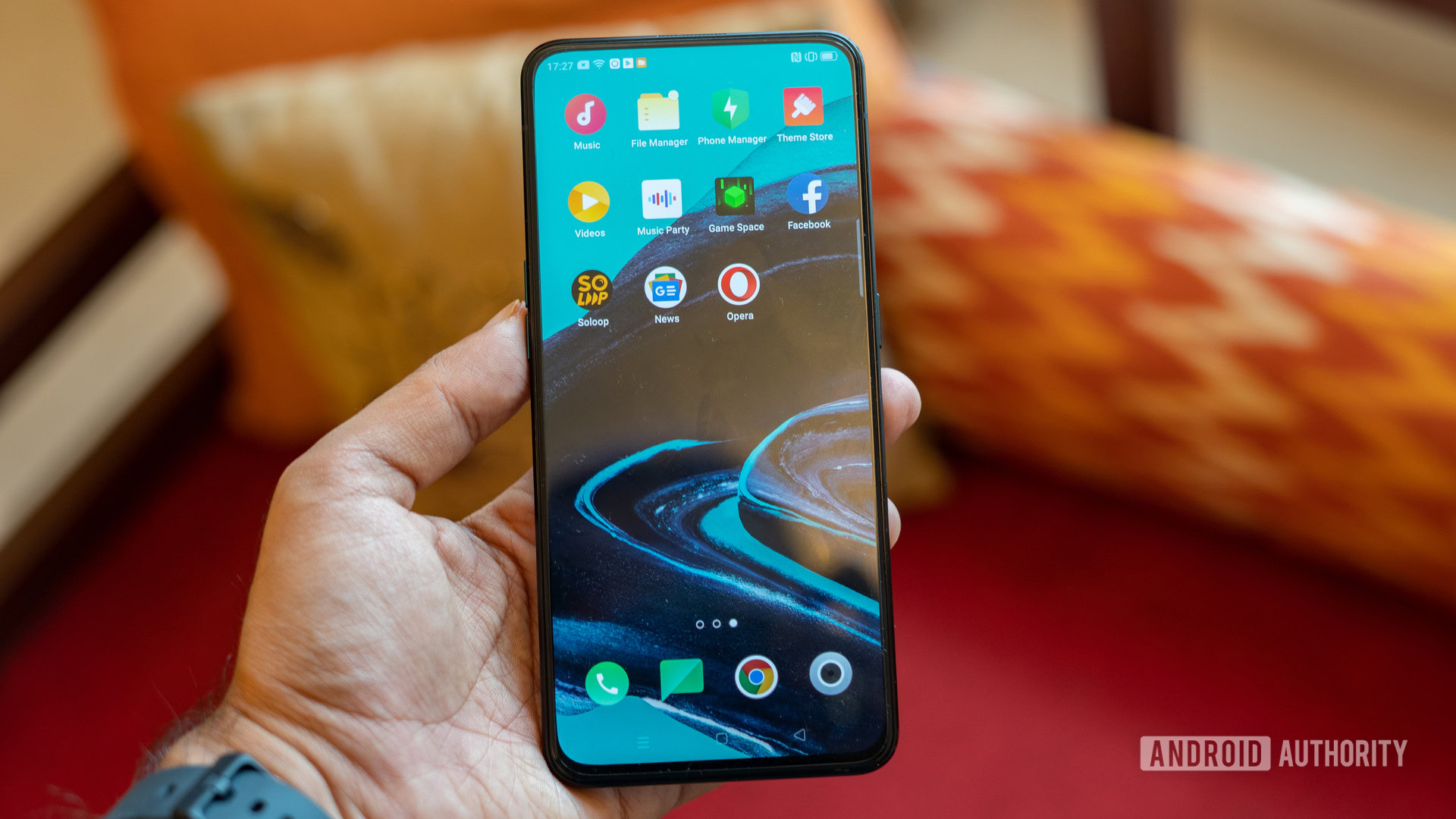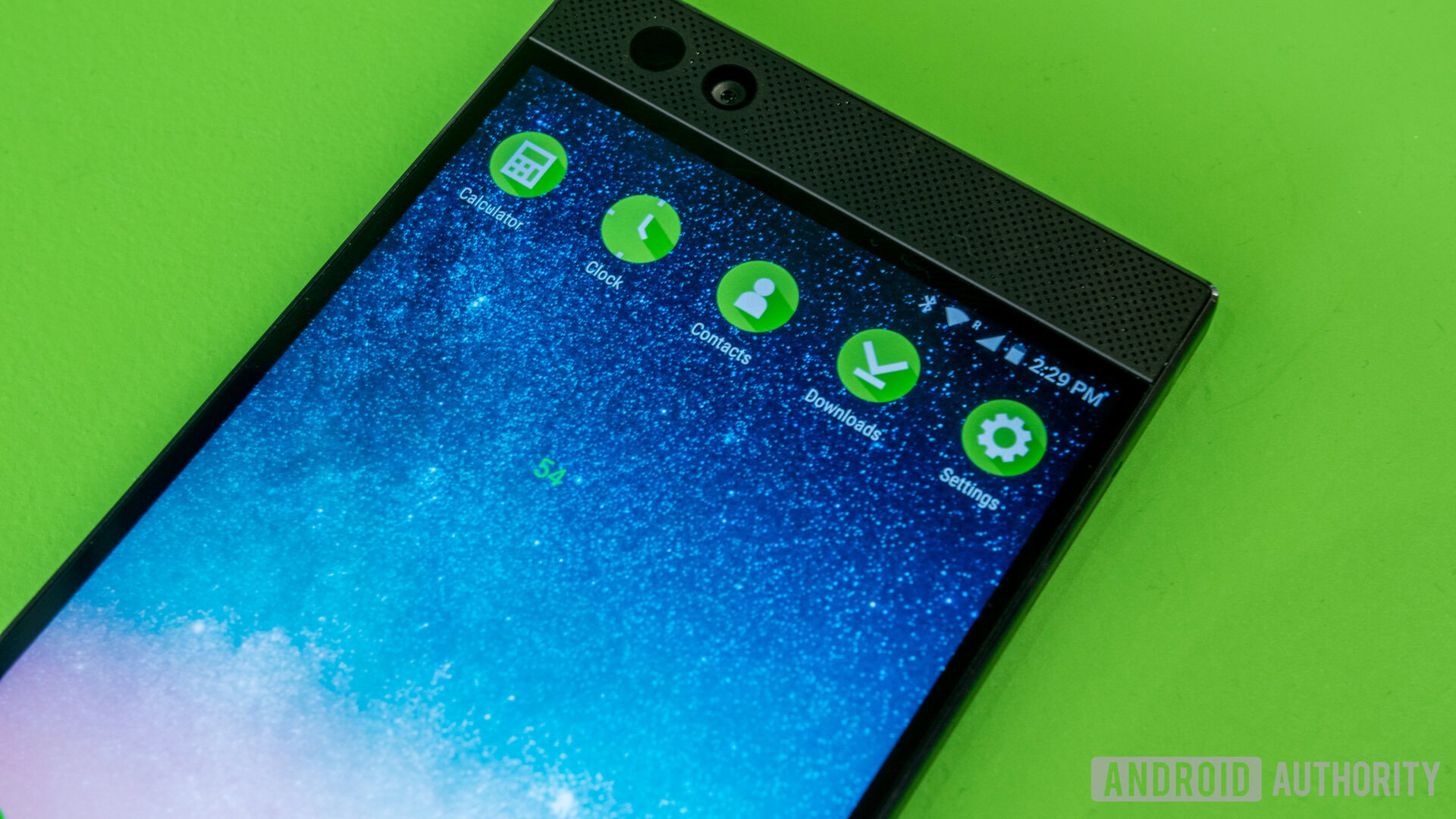Affiliate links on Android Authority may earn us a commission. Learn more.
90Hz displays are headed to realme and OPPO phones, but is it a gimmick?

High display refresh rates seem to be the ‘It’ feature many smartphone makers are adopting right now. While few smartphone manufacturers are jumping to refresh rates as high as 120Hz (found on the Razer Phone series and ROG Phone 2), they are upping them from 60Hz to 90Hz.
A 90Hz display was recently all but confirmed to hit the upcoming Pixel 4 series. Now, OPPO and realme are the latest entrants to the 90Hz party.
OPPO and its offshoot realme have both confirmed that they will be launching phones with 90Hz displays in the near future. It’s no surprise that the two are following suit after OnePlus adopted the 90Hz display on the OnePlus 7 Pro. realme, OPPO, OnePlus, and vivo were all founded by the same Chinese company BBK Electronics.
Last week, realme’s Product Manager Wang Derek took to Chinese social media platform Weibo to confirm that the company is working on a smartphone with a 90Hz display. He also claimed that the unnamed smartphone will be cheaper than the OnePlus 7. This was an obvious reaction to OnePlus CEO Pete Lau confirming (via CNET) that the new OnePlus phone, possibly the OnePlus 7T, will also have a 90Hz display and will be cheaper than the OnePlus 7 Pro.
Meanwhile, OPPO has been dropping hints about a phone with a 90Hz display since September. At its Reno 2 Chinese launch event yesterday, the company finally confirmed (via GSMArena) that it will be launching the OPPO Reno Ace in October with a 90Hz display.
OPPO didn’t reveal anything else about the upcoming phone, but company vice-president Brian Shen previously teased a device with improved Super VOOC charging and a 4,000mAh battery. This could be the upcoming Reno Ace.
Are 90Hz displays a gimmick?

A 90Hz display essentially means smoother scrolling and animations when paired with the right processor. Displays with a 90Hz refresh rate render images 90 times per second, enabling more fluid motion and the ability to display 90 frames per second.
In our OnePlus 7 Pro review, we noted that the 90Hz Samsung AMOLED display on the phone made a noticeable difference in tasks as small as scrolling through the app drawer. It made the cut for one of the best displays we tested. So yes, a 90Hz refresh rate is definitely a feature to keep in mind when buying a phone.

However, it’s worth noting that only apps that support 90Hz refresh rates will seem smoother and fluid on a 90Hz display compared to a 60Hz display. There’s no native way of forcing apps to run at 90Hz and there aren’t many apps around that support the high refresh rate.
It will also be important to see the type of display technology manufacturers will use for their 90Hz screens. While OnePlus and ASUS use AMOLED panels, devices like the Razer Phones use IPS LCD screens.
Although LCD panels have a brightness advantage over AMOLED, manufacturers like Samsung have done well with their AMOLED screens. AMOLED screens are also more power efficient than LCD screens in general and 90Hz displays do consume more power in a smartphone. Considering all these factors, it’ll be interesting to see how more manufacturers implement 90Hz displays on their devices.